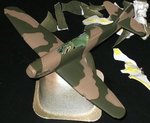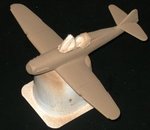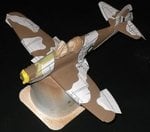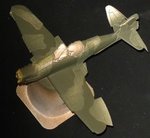[SC] Arachnicus
Senior Airman
My next build is a Messerschmitt Bf 109G-10, (the 1:48 Revell version). This will be my first paint job doing camo. I have to do camo on the tops of the wings and stabilizers and make those splotches on the sides.
It's a challenge, so hopefully I will do okay. Any help will be appreciated as far as tips.
It's a challenge, so hopefully I will do okay. Any help will be appreciated as far as tips.




